Norway’s KLP, the insurance group providing the bulk of the country’s municipal pensions, reported a relatively narrow investment loss for 2022 after real estate and long and held-to-maturity bonds generated profits in the main portfolio.
Releasing full-year results this morning, the Oslo-based institutional investor said its key common portfolio – which holds most assets – ended 2022 with a loss of -1.1%, despite a 1.5% gain in the fourth quarter alone.
Many European pension funds have been posting much larger percentage investment return figures than this for last year, a period when both stock and bond prices tumbled on exchanges internationally.
Total assets at the group’s main pension-providing subsidiary, the parent company Kommunal Landspensjonskasse, rose to NOK710bn (€64.7bn) by the end of December from NOK707bn a year earlier.
“The last quarter of the year was a good one for KLP and its subsidiaries, but weak financial markets marked the year as a whole,” the pension provider said in its results statement.
KLP made a -8.0% loss on equities in the year, an asset class that made up 30.2% of the common portfolio at the end of the 2022.
Short-term bonds were the other big losers for KLP, hitting the portfolio with a 9.9% loss over the year. But long-term and held-to-maturity (HTM) bonds, which have more than double the weighting of short-term bonds, produced a 3.3% positive return.
The allocation to short-term bonds fell over the year to 12.2%, while the long-term and HTM bond allocation rose to 29.0% from 27.7% of the portfolio in the 12 months, according to the annual report.
Real estate – which includes Norwegian and international property funds – brought in a 7.1% return for KLP’s common portfolio, making it the most profitable asset class in 2022 both in percentage and – narrowly – in Norwegian-krone terms. The property allocation also rose, to 14.7% from 13.8% over the year.
KLP said real estate values in the common portfolio had been adjusted upwards by NOK2.2bn in the fourth quarter.
“The total write-up so far this year is NOK3.2bn, partly due to the fact that shopping centres and hotels are seeing a high level of activity after two years of pandemic and that rental prices for offices remain good,” it said.
Currency hedging made a negative contribution to the equities return over the year, KLP said. In 2022 as a whole, the Norwegian krone has weakened against both the dollar and the euro.
In the annual report, KLP said that in respect to last year’s results, it would propose at the next annual general meeting that NOK3.2bn be transferred from premium reserves to the premium fund, which its local authority clients can use to reduce future pension contributions.
KLP said that even though weak financial markets had persisted for the whole of last year, solid buffers and higher interest rates gave it the leeway to make this transfer.
Sverre Thornes, KLP’s chief executive officer, said: “We know that our customers, Norwegian municipalities and health enterprises, are experiencing increased pressure on their own finances so it is important for KLP to maintain stable transfers back to them.”
KLP was able to do this “because we have built solidity in good times, and this is now showing its worth,” he said.
The firm said high interest rates would have a positive effect on the management of pension capital in the future.
To read the digital edition of IPE’s latest magazine click here








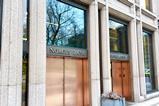
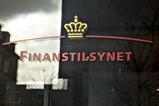


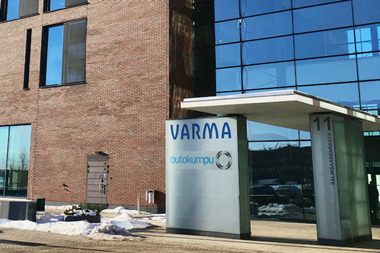

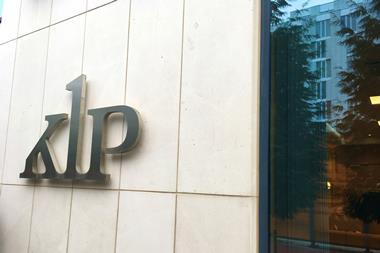

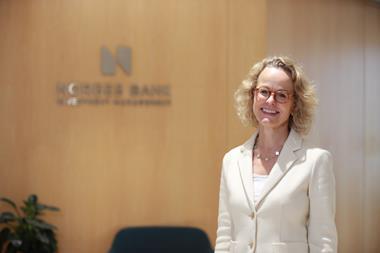




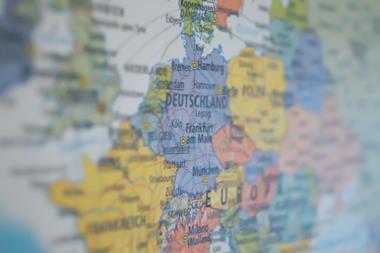
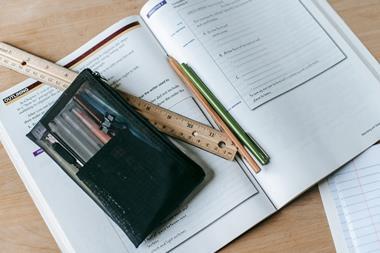














No comments yet